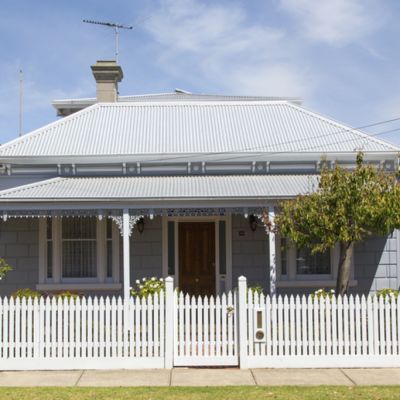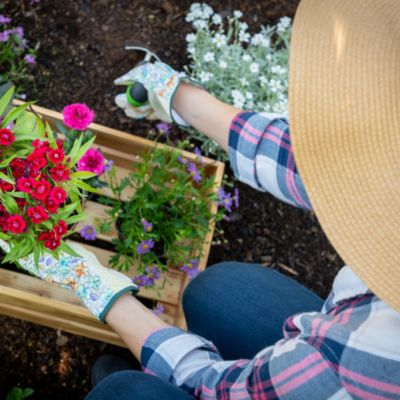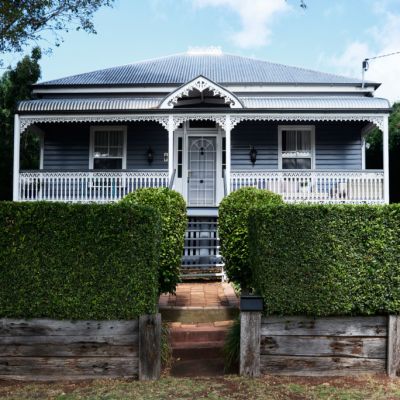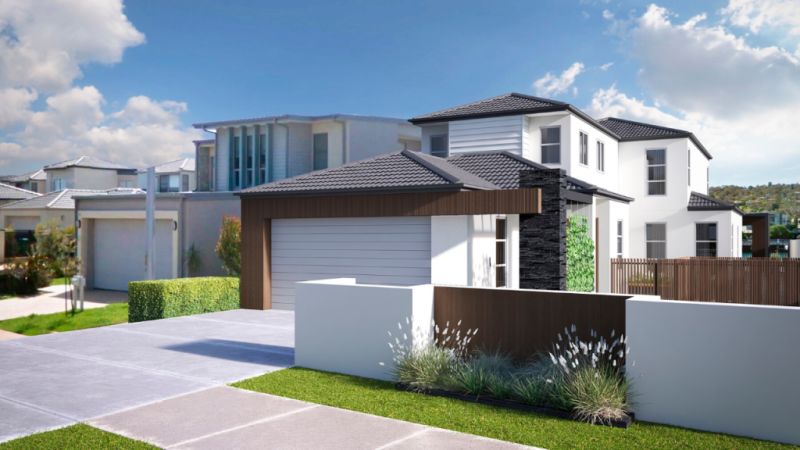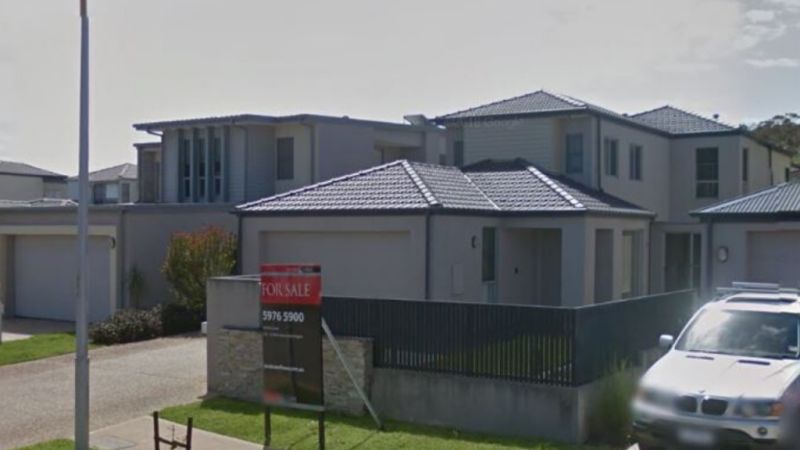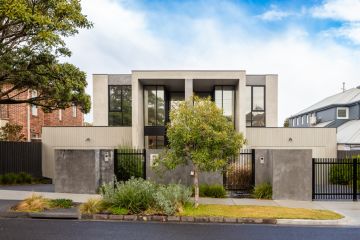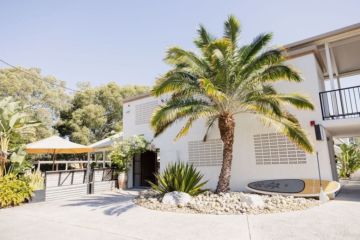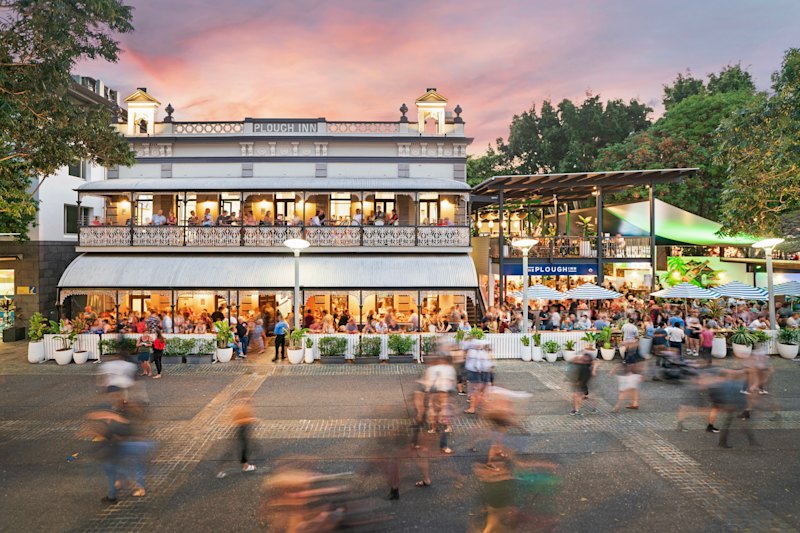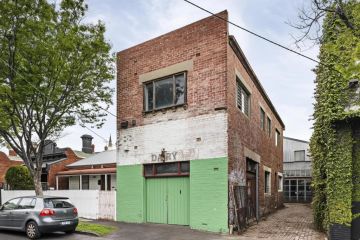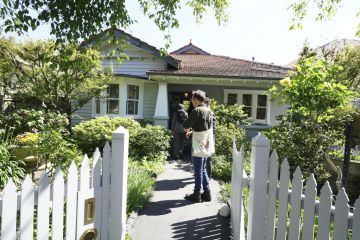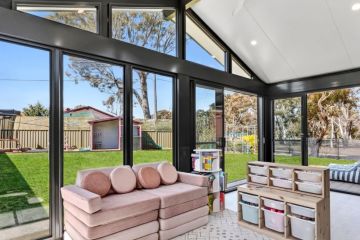How to modernise the facade of a 10 to 20-year-old home
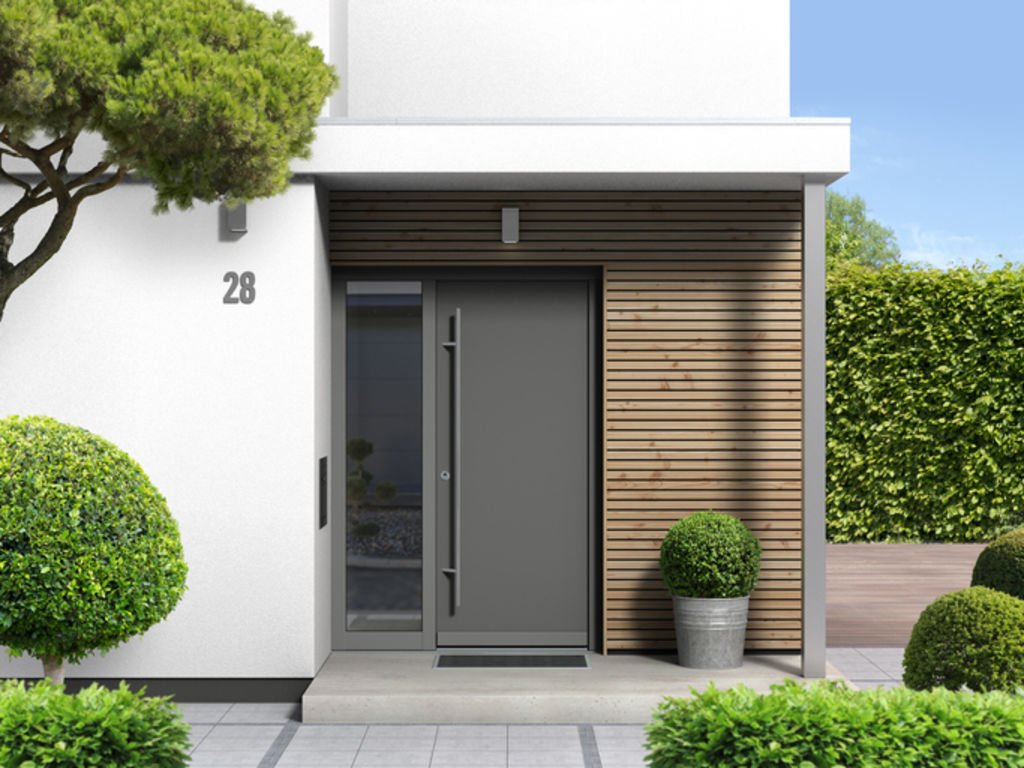
It’s not always old homes that are in need of a facade refresh. Very often it’s homes built between 2000 and 2010 that owners are looking to update.
These houses may look modern at first glance, but are lacking the finesse and interest of the contemporary homes built in 2020.
They were often built cheaply, clad with just one primary material (typically rendered) and usually with some sort of feature wall or material at the front entrance.
Windows and doors are powder-coated and roof/guttering is often coated steel (think Colorbond etc). They can look flat and uninspiring – even if the shape of the house itself is creative and modern.
Compare this to the latest in contemporary home exteriors and you’ll see that the difference between the two often comes down to the number of materials, textures and colours that have been used in the designs.
Ever wanted to make a tree change? Hear more on Somewhere Else:
An interesting, well-designed facade doesn’t have to be multi-coloured, however, it should have a variety of different materials and textures going on. My designs almost always incorporate a neutral colour scheme, a splash of contrast (dark versus light) and an accent of timber to introduce some warmth; and this is a good rule of thumb to follow for an effect that is contemporary, but not too stark.
A facade from 2000-10 can go from zero to hero without making too many drastic changes if you follow some important concepts.
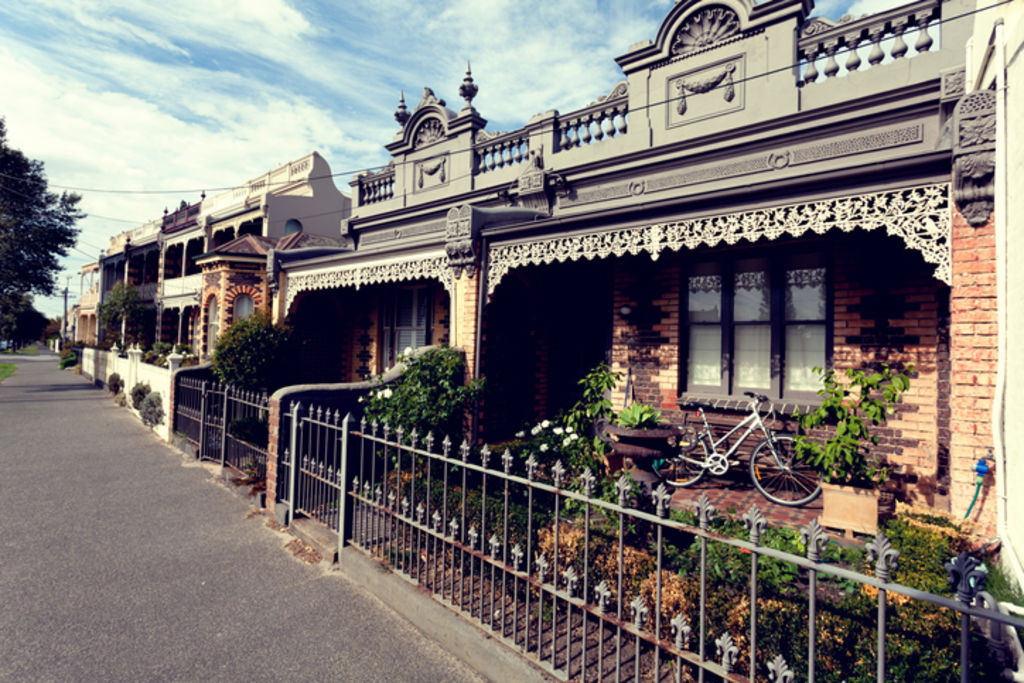
Start by looking at what you have to work with and consider how you can incorporate elements that will play off these, to add depth and interest.
Some ways depth can be attained is by incorporating texture through cladding materials, landscaping, or creating or altering pathways. Although many houses have these near the entrance (and that’s a good place to start), you can also include these in other areas across your facade too.
The interest factor of your home’s facade will naturally improve once you add depth as described above. However, more punchy elements such as minor colour contrasts and the introduction of timber accents (for example) could be what elevates the look of your home from flat and uninteresting, to the talk of your street.
Colour is another important factor when modernising your facade and helps to achieve depth and interest. For longevity’s sake, keep your colour scheme neutral and work in with existing powder-coated materials (windows, doors, garage door, guttering, roof etc) where possible. Powder-coated areas can be painted but it is always my preference to work with what you have – particularly when these surfaces are still so new.
For example, if you’re stuck with cream windows, then your main house colour should link to this somehow. That’s not to say your whole house needs to be painted cream, but the colour you do choose should have more of a warm base than, say, a cool base.
However you choose to add depth, interest and colour to your facade, ensure there is visual balance from left to right. This doesn’t mean that everything has to be symmetrical, but it does have to be balanced on each side.
For example, if you have something eye-catching on one side, balance it with something else on the other side to counteract the effect. It could be that you use the same material but apply it differently, or it could be a colour that is repeated on the other side or at the entrance.
Lastly, when updating your facade, don’t forget to link your fence to the house in some way. You might have a plain rendered fence that matches the house but is otherwise a bit boring, so look at ways you can add interest. You could replace the letterbox, add a timber slat feature, change the gate or do some landscaping.
For the best result, ensuring your existing and new exterior textures, colours, materials and shapes all work together to create a cohesive picture, is key.
Jane Eyles-Bennett is one of Australia’s top exterior designers and owner of design firm Hotspace Consultants. Join Jane in her Facebook group Home Renovators Network Australia for design and renovation inspiration and insider tips for your home improvement project.
We thought you might like
States
Capital Cities
Capital Cities - Rentals
Popular Areas
Allhomes
More
